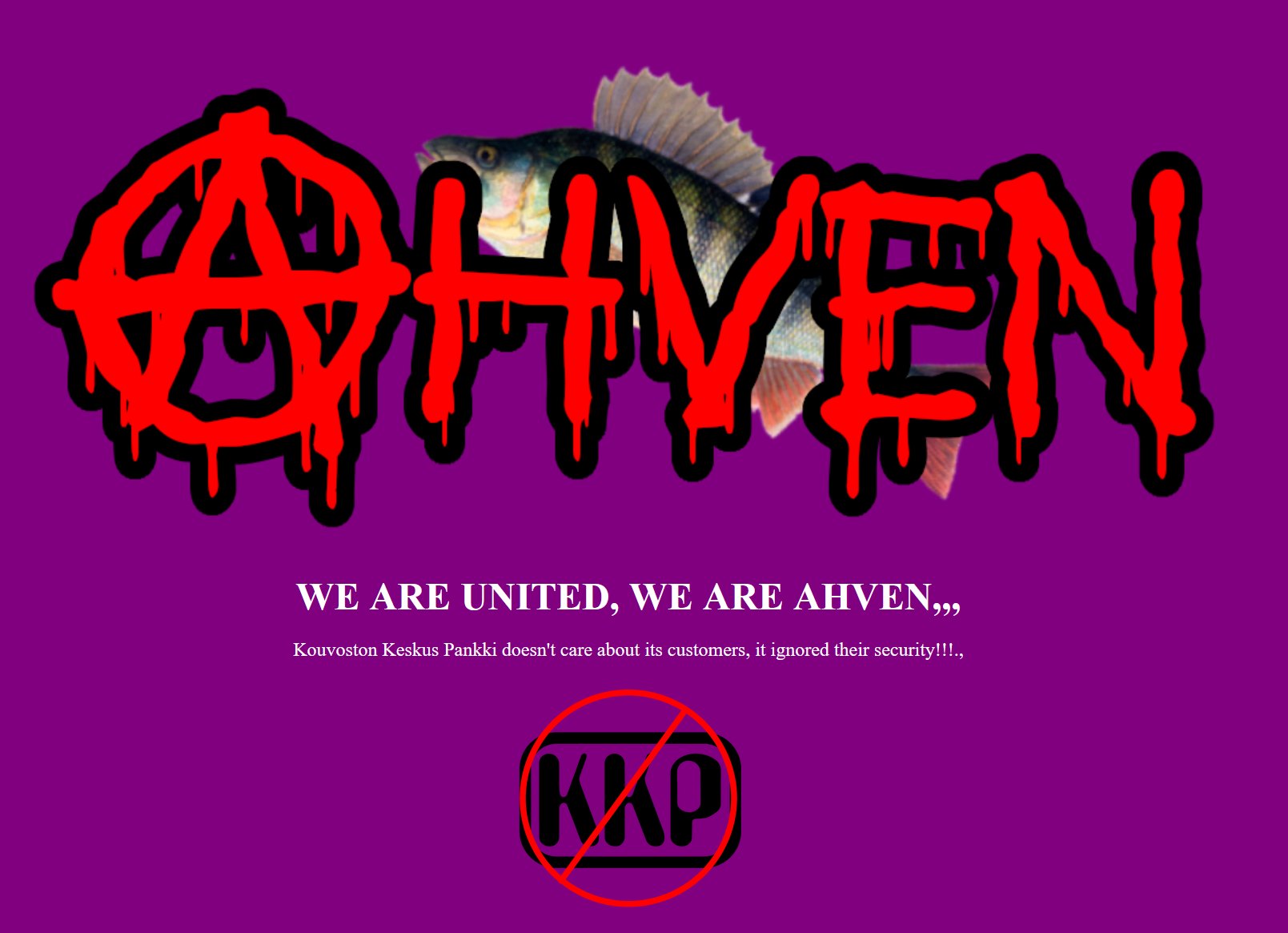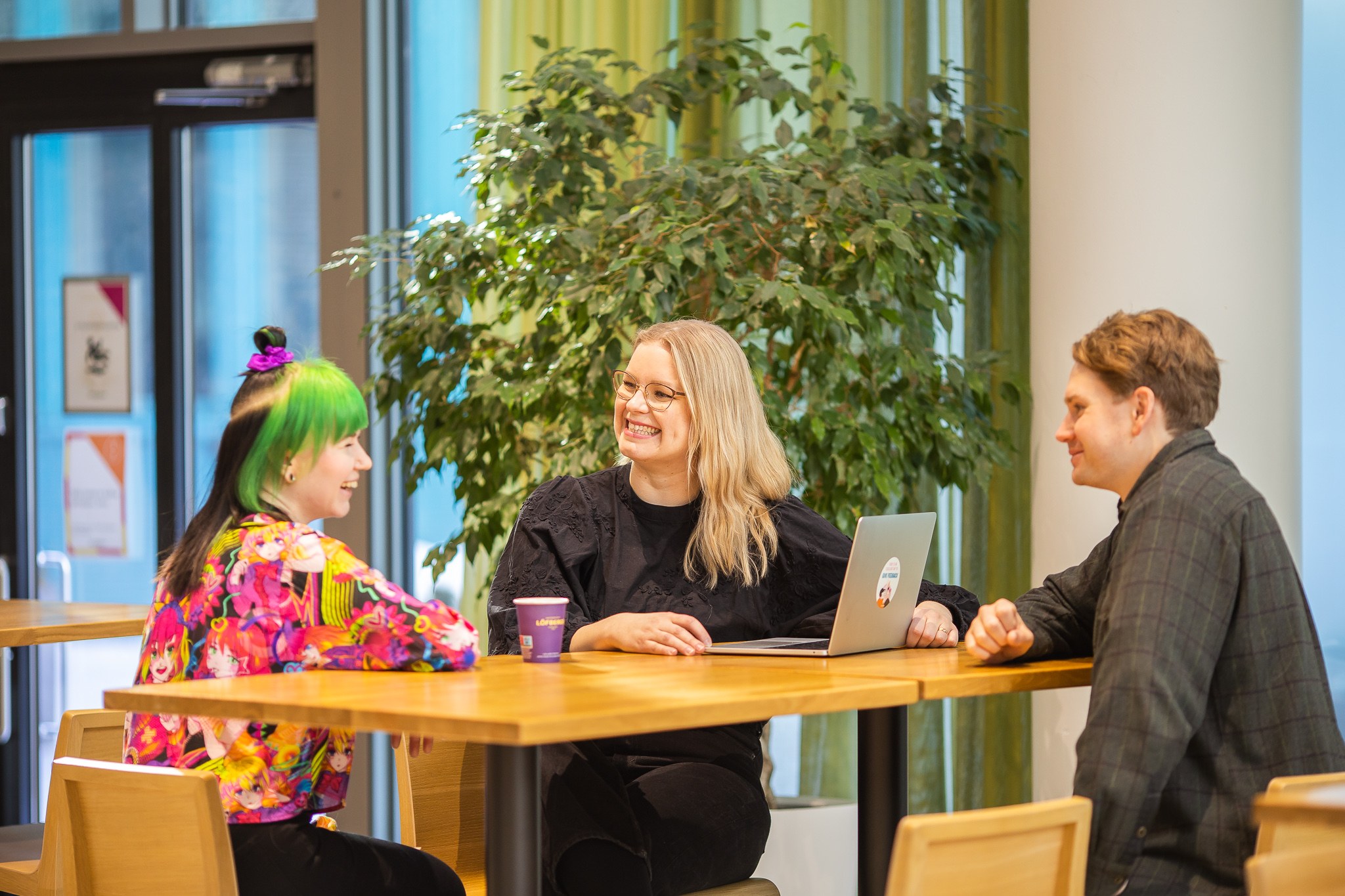I am a true believer in the power of team retrospectives (aka retros) – regular feedback simply helps to make things better, and to embrace what already is good.
Based on my experience, the main asset of a retro is to make people seen and heard. This breaks down assumptions and builds trust. When having retros as a routine, you definitely make things much less complicated because you bring up issues before they grow to be a huge monster. With retros, there is less guessing and more harmony, and people are empowered by being able to directly impact their daily work. Things don’t escalate because they are spoken up and are investigated regularly.
But I have not always perceived those only in a positive way. Retros need to be a continuous routine for the team and “easy to access”, not a thing that is organised only at the end of the project to reflect on what went wrong. A retro’s power is to glue a team together, not to be the tool to discover failures. If retros are conducted only when the need is to “learn from what went wrong”, they start to have a negative aura around them. That is my personal experience too – “Let’s have a retro for this sometime soon” has been an indication for me that things are not well, and it’s not nice waiting for the session. Especially when the issues could have been tackled much earlier in a more organic and more positive way.

Smart people want to make things work, together
But as an approach, convening a retro is also a great methodology to utilise, for example, in cases where we notice there is some tension between team members. In such cases, a well facilitated retro makes everybody heard, and as the goal is to find ways together on how to improve the situation, it tends to be an inclusive and successful way of figuring things out. Smart people want to make things work. These kinds of retros put a lot of emphasis on the facilitator, so it is good to choose the right person for this. Team members need to feel safe in order to be open and honest. The facilitator has a big influence on ensuring the environment for this and for the routine of having retros with a low-threshold – it should be hassle-free. Actions and other to-be-done things must be transparent and agreed together. Otherwise people might end up still pondering the roots and causes of issues after the retro.
Finding new business opportunities
Retros also speeds up finding new business opportunities and leads to experiments. I coached a team that started a routine of bi-weekly team retros and soon it became a successful vanguard for the rest of the organisation. They regularly expanded a team retro into a project retro, and while already having built trust and transparency, they were able innovate and growth hack as a kind of a side dish to a team retro. And as they had become a really self-organised team, it was easy for them to also run experiments on their projects and to add value to their client.
Retros help to cultivate the organisation’s culture. In every organisation and in every team, there is always room for improvement. Investing one hour regularly to bring people together, to discuss how could we do better, prevents making the same mistakes over and over again. When teams inspect their own work regularly and agree to change their behaviour in order to improve, they become more self-organised and self-directed. Teams being able to be open about the good, the bad and the ugly, creates transparency and trust. Organisational culture needs to be built on those.
Who can do it?
It is not only development teams that benefit from retros. Since retros are a powerful tool to cultivate organisational culture, management should do them too! Demonstrate how you want your company to tackle issues! Also, multidisciplinary teams should be brought together regularly; inviting other teams to join every now and then creates transparency and a sense of belonging for everyone within the organisation.
Who then can facilitate the retro? Take turns! You might first have a more experienced person to facilitate them, to get the routine up and running, but then start having rotating turns. By doing this, you uncover fresh perspectives and learn various ways to run a retro. Also, people again gain a sense of ownership for their own progress.
So, what can you do to improve your team and to add value for your customers?
- Book a regular slot in your team’s calendar to have the retro. Start with one hour but remember that retros get quicker as the routine repeats! 15 minutes is better than nothing!
- Google a suitable format for team retros, there are plenty to choose from. An easy way to start is by asking 1) what should we keep, 2) what should we do more of and 3) what should be do less.
- Start doing it.
- Remember to memo and share your learnings!
- For the management team also!
Also remember to utilise retros as soon as you notice that some people might need to clear the air between them! React quickly – don’t wait, highlight the goal of finding ways to improve together, and ask a kind and wise facilitator to host the retro in a safe and inclusive environment!
And the power of retros? Having retros makes people seen and heard. By doing so, people solve issues and improve things. This helps to cultivate resilient and innovative organisations, characteristics crucial for success, especially today.
Mirkka Länsisalo
Digital transformation coach



